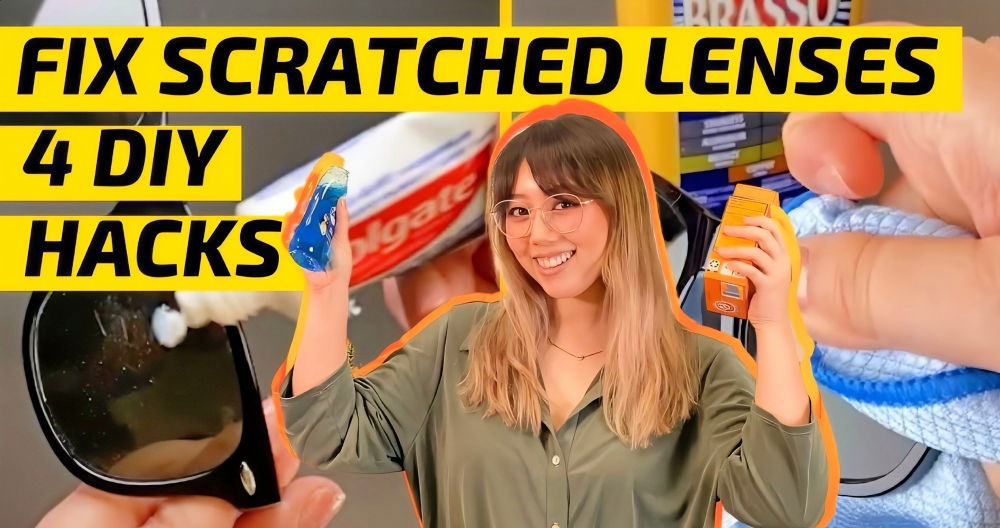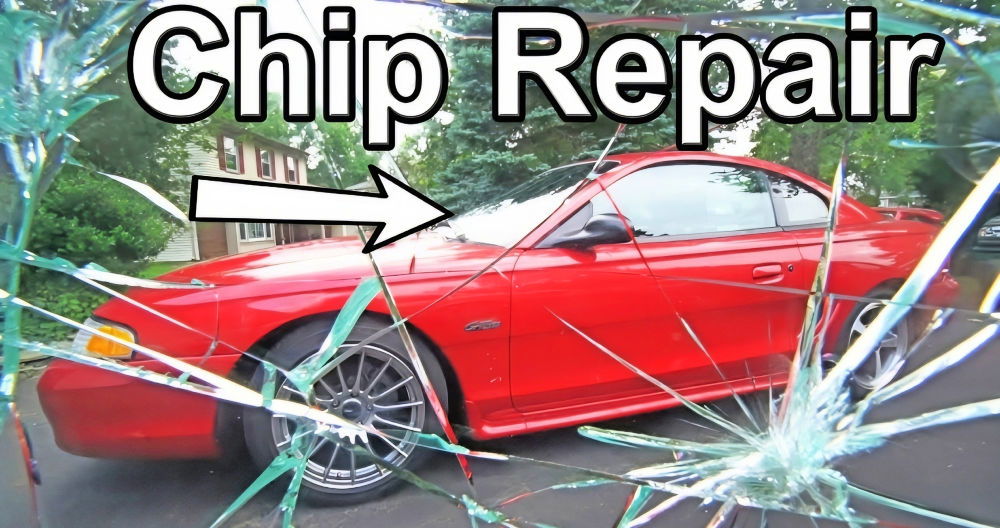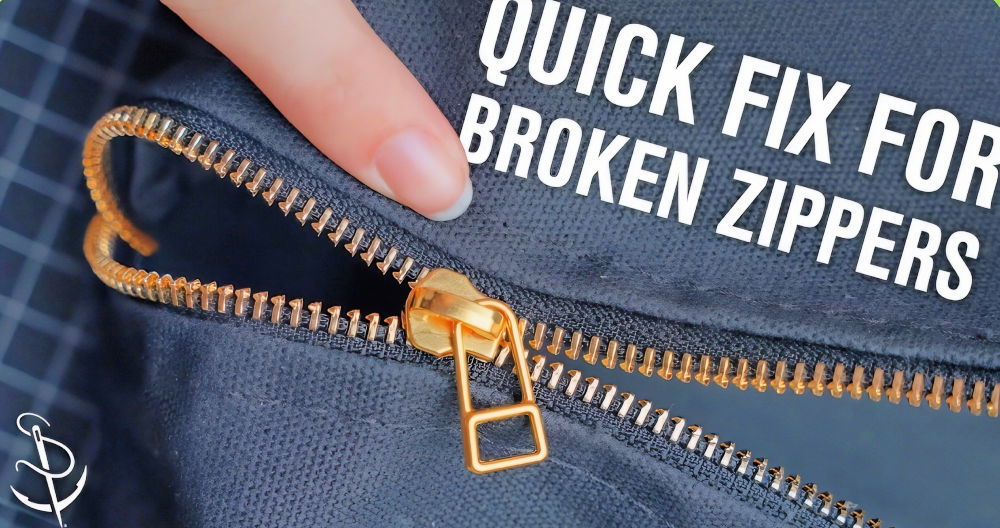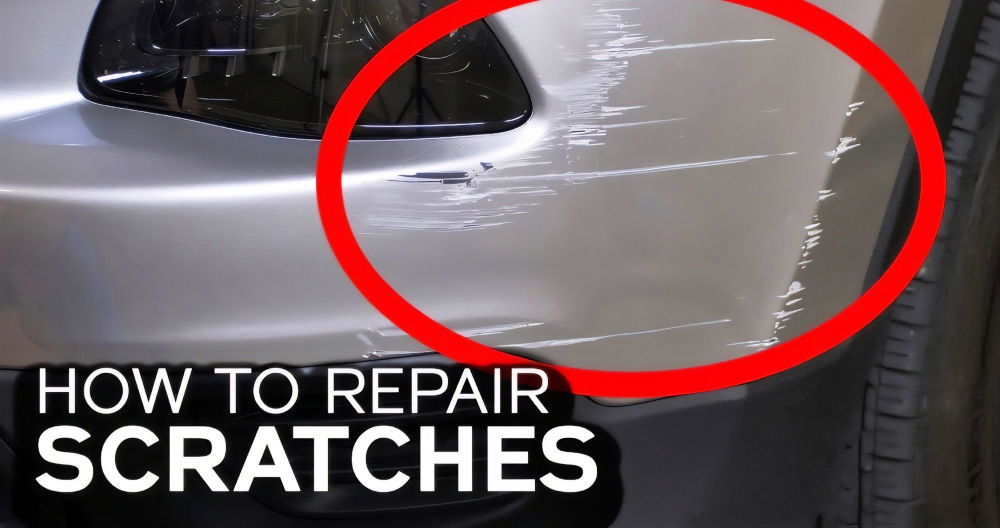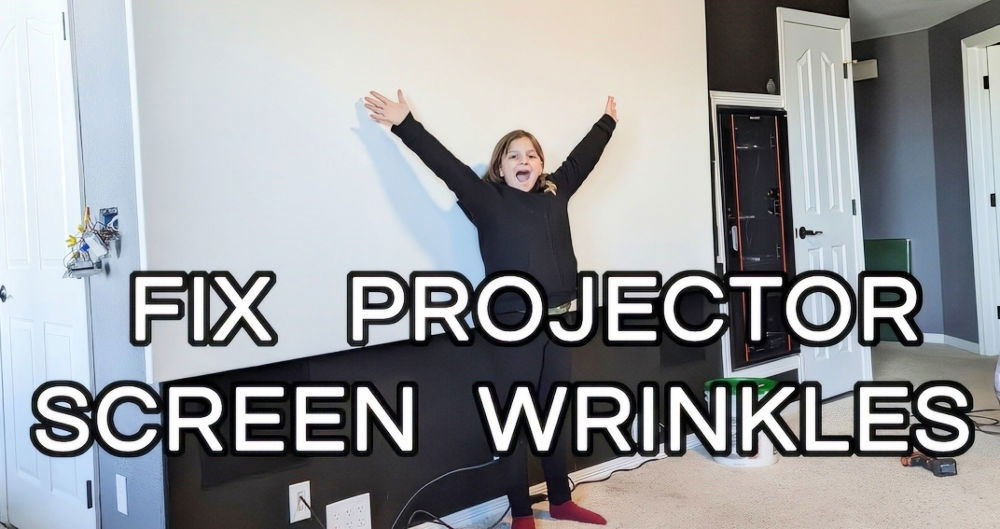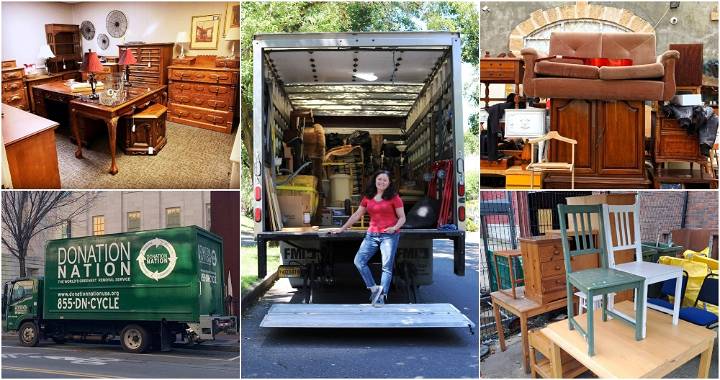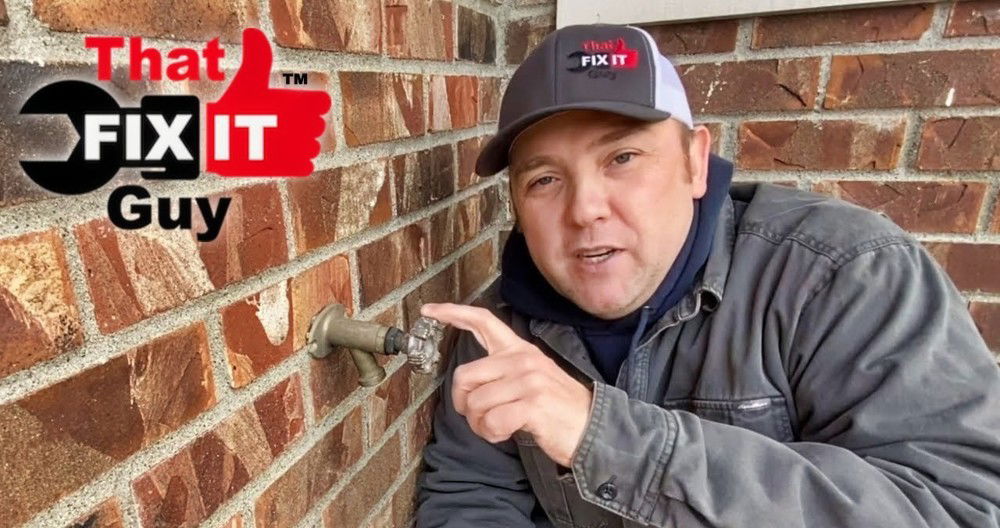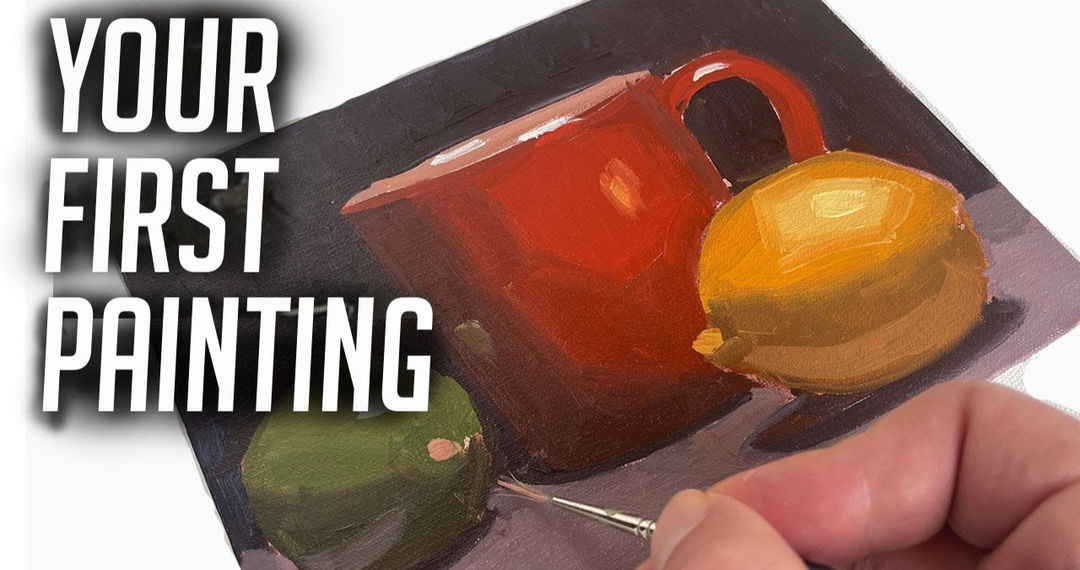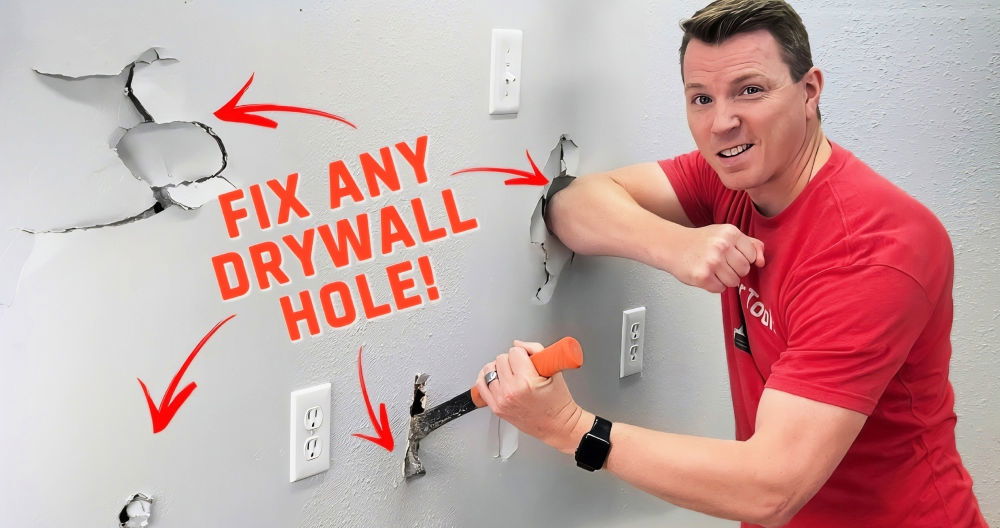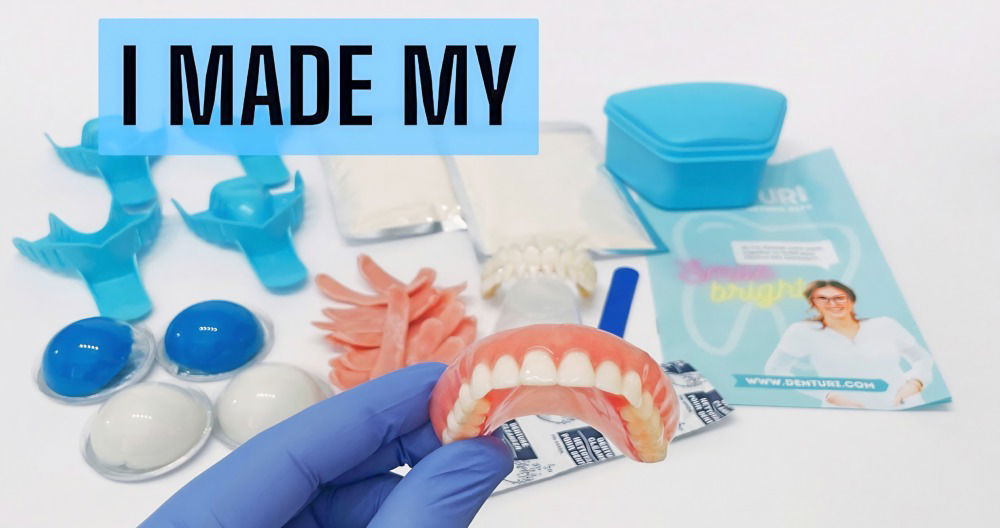Starting with a helpful step, I remember the day my glasses got crooked. They slipped off my desk and hit the floor. I felt worried and confused about how to fix them. With a bit of research, I learned a simple way to straighten them at home. It made a big difference and saved me a trip to the optician.

Taking care of such issues myself felt empowering. I followed easy instructions, and my glasses fit better than ever. This guide will also help you get your glasses back in shape. No need to stress; fixing crooked glasses can be simple and effective. I'm providing this to make sure you find the help you need.
Understanding the Anatomy of Glasses
When it comes to fixing crooked glasses, it's essential to start by understanding their basic structure. Glasses are made up of several key components, each playing a crucial role in ensuring they fit comfortably and function correctly. Here's a breakdown of the main parts:
- Frame Front: This is the central part of the glasses that holds the lenses in place and sits across your nose. It's usually made of metal or plastic and can be prone to bending or warping, which may cause crookedness.
- Lenses: These are the clear pieces of glass or plastic that correct your vision. They are held within the frame front and must be properly aligned for optimal vision.
- Bridge: The bridge connects the two lenses over your nose. If it's not adjusted correctly, it can cause the glasses to sit unevenly on your face.
- Temples: Also known as arms, these extend over the ears to hold the glasses in place. They can be adjusted to ensure the glasses sit straight and are not too tight or loose.
- Temple Tips: These are the ends of the temples that go behind your ears. They can be bent to improve the fit and prevent the glasses from sliding down.
- Nose Pads: These small pads sit on your nose to support the weight of the glasses. They can be adjusted for comfort and to keep the glasses level.
- Hinges: These allow the temples to fold inwards. If they're too loose or tight, it can affect how the glasses sit on your face.
- Screws: Small screws hold the various parts of the glasses together. If they become loose, the glasses may become crooked.
Identify adjustment points if your glasses feel crooked. Small changes to nose pads or temple tips can improve fit and look. Handle glasses gently to prevent damage during adjustments.
Materials Needed
- Your crooked glasses: To apply these adjustments.
- Patience and a gentle touch: Because adjusting glasses requires finesse.
- A soft, clean cloth: To handle your glasses and avoid any scratches.
- Optional: A hairdryer (for acetate frames): If adjustments are tough, a bit of heat can make the material more pliable.
Understanding that each person's face is unique, it's important to have a personalized approach to adjusting glasses. Let's dive into the actual process.
Step by Step Instructions
Learn to fix crooked glasses with step-by-step instructions. Diagnose issues, adjust metal or acetate frames, and ensure a perfect fit.
1. Diagnosing the Issue
Inspect your glasses closely. If one side is higher than the other, the temples (the arms of the glasses) likely need adjustment. This was my initial diagnosis when I found my right lens constantly closer to my cheek.
2. Making the Adjustments
Adjustments will vary based on the type of glasses (metal vs. acetate frames), but the principle remains the same.
For Metal Frames:
- Lowering a Side: To lower one side of the frame, you'll want to carefully bend the temple on the opposite side downwards.
- Raising a Side: Conversely, to raise one side, gently bend the opposite temple upwards.
I found that making these adjustments near where the temple starts to thin out was most effective. This didn't drastically alter the appearance but provided the tweak needed for a level fit.
For Acetate Frames:
- If your frames are acetate and you're finding them rigid, a hairdryer can be used to gently warm the area where adjustments are needed, making the material more malleable. Be sure to heat the glasses evenly and gently, avoiding any direct, high heat that could warp the frames.
3. Checking the Fit
After making adjustments, put your glasses back on and check their levelness in the mirror. It might take a few tries to get it just right. For me, it was a bit of trial and error until I found the sweet spot.
4. Consider the Tilt
Adjusting the temples not only affects how level the glasses sit but also the tilt or angle of the lenses. A slight tilt forwards can reduce glare, especially helpful for computer use or photography. However, remember that too much tilt can impact how you see through your lenses, especially with strong prescriptions.
5. Fine-Tuning
Even after leveling the frames, you might notice one side still feels off. This could be due to the pressure on your temples or the glasses not sitting flush against your nose. Small adjustments to the nose pads (if your glasses have them) or the temples can make a big difference in comfort and fit.
Common Causes of Crooked Glasses
Crooked glasses are a common annoyance, but understanding why they happen can help you prevent and fix the issue. Here are some of the most frequent causes:
- Handling and Wear: Rough handling, like pulling your glasses off with one hand, can twist the frames over time. Daily wear also contributes to gradual loosening.
- Improper Storage: Not storing your glasses in a case can lead to them being sat on, stepped on, or otherwise damaged, resulting in a crooked appearance.
- Fit and Adjustment: If your glasses weren't properly adjusted to your face shape when you first got them, they might not sit right. This can cause one side to appear higher than the other.
- Physical Features: Everyone's face is slightly asymmetrical, and features like uneven ears can make glasses sit crookedly.
- Frame Material: Materials like acetate can warp with heat and time, altering the shape of your glasses.
- Lens Prescription: Heavier prescription lenses can unbalance frames, especially if they're not fitted correctly.
- Loose Screws: The tiny screws in your glasses can loosen over time, which affects the frame's stability and can make your glasses sit unevenly.
By knowing these common causes, you can take steps to keep your glasses straight and comfortable. Regular adjustments and proper care are key to maintaining the perfect fit for your eyewear.
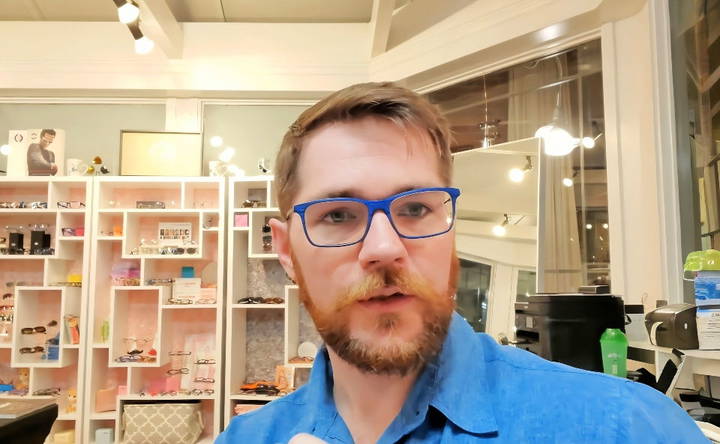
Troubleshooting Common Issues
If you're facing issues with your glasses, you're not alone. Many people encounter similar problems, and fortunately, there are straightforward solutions. Let's go through some common troubles and how to fix them:
- Slipping Glasses: If your glasses keep sliding down your nose, it's often due to loose frames or misaligned nose pads. Tighten the screws at the temples and adjust the nose pads to improve the fit.
- Uneven Fit: When one side of your glasses sits higher than the other, it could be due to uneven ear heights or an imbalanced frame. Gently bending the temple arms can level out the fit.
- Pressure Points: If you feel pressure behind your ears or on the bridge of your nose, the glasses may be too tight. Loosen the temples slightly for relief.
- Lens Reflections: Annoying glare on your lenses can be reduced by applying an anti-reflective coating. This helps especially with night vision and reduces eye strain.
- Difficulty with Progressive Lenses: Adapting to progressive lenses can take time. If you're struggling, consult with your optician. They might suggest a different lens design that's easier to adjust to.
- Light Sensitivity: For those sensitive to light, consider photochromic lenses that darken in sunlight, providing comfort without needing a separate pair of sunglasses.
- Distorted Vision: If your vision is wavy or distorted when not looking through the center of the lenses, ensure they're clean. If the problem persists, the lenses might need realignment or replacement.
If you're unsure about making adjustments yourself, it's best to visit an optician. They have the expertise to diagnose and solve fit issues without risking damage to your glasses.
Maintaining Your Glasses Post-Adjustment
After you've adjusted your glasses for a better fit, maintaining them is key to ensuring they continue to serve you well. Here's how to keep your glasses in top shape:
- Regular Cleaning: Clean your lenses daily with a microfiber cloth and a gentle lens cleaner to remove dust and fingerprints, which can affect your vision and the longevity of the lenses.
- Proper Storage: Always store your glasses in a hard case when not in use. This protects them from getting bent out of shape, scratched, or broken.
- Avoid Heat: High temperatures can warp your frames, especially if they're made of plastic. Keep your glasses away from the dashboard of your car and other hot spots.
- Handle with Care: When putting on or taking off your glasses, use both hands to avoid twisting the frames. Be gentle to prevent misalignment.
- Regular Adjustments: Even with careful handling, glasses can become misaligned over time. Have them professionally adjusted every few months to ensure a proper fit.
- Check the Screws: The screws in your glasses can loosen with use. Check them periodically and tighten them if necessary, using a small screwdriver designed for glasses.
- Mind the Nose Pads: If your glasses have nose pads, keep them clean to prevent skin irritation. Replace them if they become hard or discolored.
By following these simple steps, you can extend the life of your glasses and enjoy a clear, comfortable view of the world.
FAQs About How to Fix Crooked Glasses
Got crooked glasses? Our FAQs provide easy fixes. Follow the steps to get your glasses back in shape!
Glasses can become crooked for several reasons. It could be because one of the temple arms is bent, the screws have loosened over time, or the glasses were not properly adjusted to fit your head shape. Sometimes, it’s as simple as having one ear slightly higher than the other.
To adjust your glasses, you’ll need a few basic tools:
A microfiber cloth for cleaning
A small screwdriver for tightening screws
Tweezers for adjusting nose pads
Warm water to soften the material for bending Optionally, a hairdryer can be used to gently heat plastic frames before making adjustments.
If your glasses are uneven when you wear them, you might need to adjust the arms. Gently bend the lower arm at the hinge to raise it. If the glasses are crooked on a flat surface, bend the temple arm in the opposite direction of the tilt. Remember to make small, gentle adjustments and frequently try on the glasses to check the fit.
Yes, crooked glasses can impact your vision. If the lenses are not properly aligned with your eyes, it can cause eye strain, discomfort, and even headaches. It’s important to ensure that your glasses sit correctly for optimal vision and comfort.
If you've attempted to adjust your glasses and they still don't sit right, it's best to consult a professional. Opticians have the right tools and expertise to make precise adjustments, especially for high-end or delicate frames.
My Personal Takeaway
Wrapping up, learning how to fix crooked glasses can save you time and money. By following this step-by-step guide, you can ensure your glasses fit perfectly again. Always handle your glasses with care and make gradual adjustments to avoid damage. Now, you're all set to tackle those bent frames with confidence.


